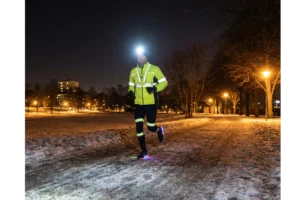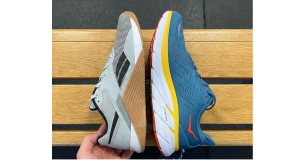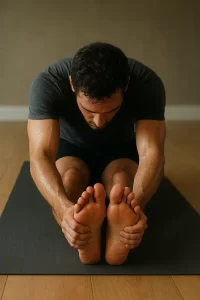START
SCUBA
Scuba diving is a thrilling activity that allows you to explore the underwater world and experience the beauty of marine life.
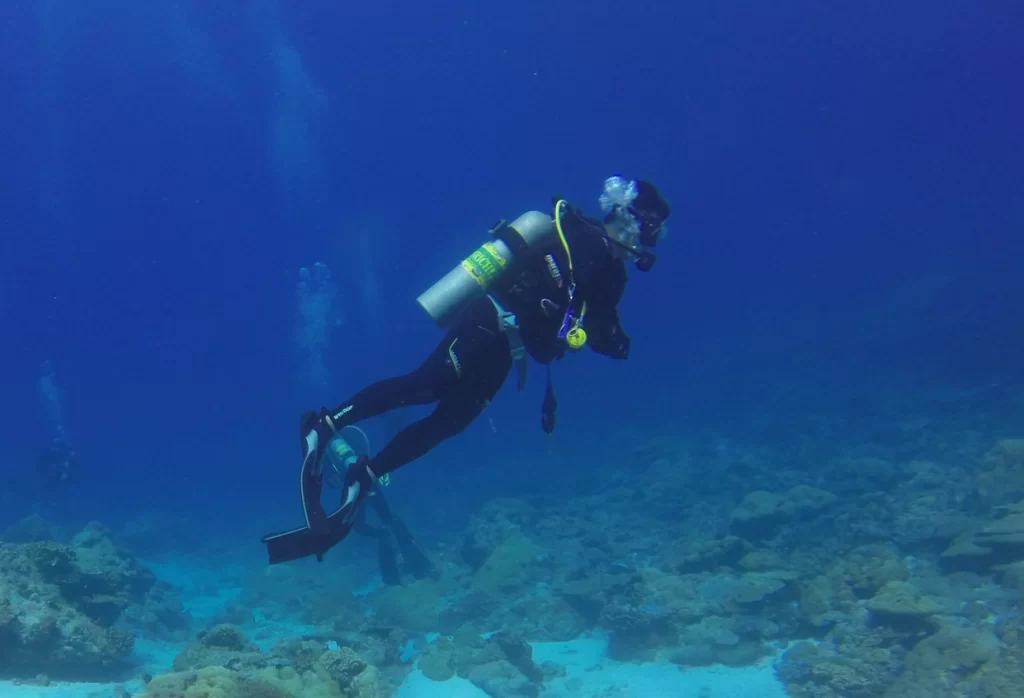
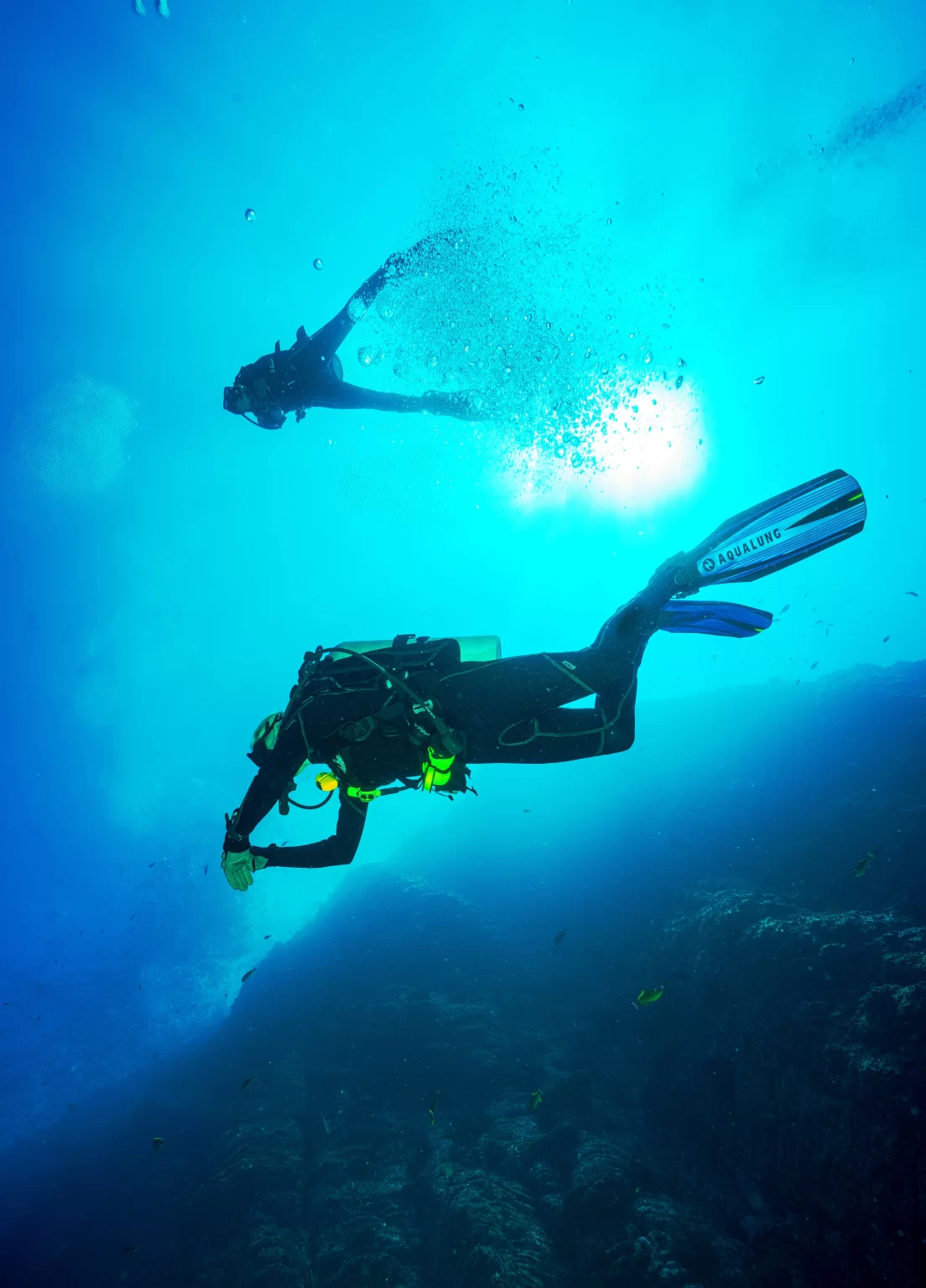
TIPS TO START
- Find a reputable scuba diving center: It’s important to choose a scuba diving center that has experienced and certified instructors who can teach you the necessary skills and techniques. Look for a center that is recognised by a reputable scuba diving agency, such as PADI, NAUI, or SSI.
- Complete a scuba diving course: Before you can start diving, you need to complete a scuba diving course. This course will teach you the basics of scuba diving, including safety procedures, equipment usage, and diving techniques. Most courses consist of classroom sessions, pool sessions, and open water dives.
- Get the right equipment: Scuba diving requires specialised equipment, including a wetsuit, fins, mask, regulator, and tank. It’s important to invest in high-quality equipment that fits you properly and is in good condition.
- Practice in a pool or calm water: Once you’ve completed your scuba diving course and have your equipment, start practicing in a pool or calm water. This will help you get comfortable with the equipment and the feeling of breathing underwater.
- Start with shallow dives: When you’re ready to start open water diving, begin with shallow dives in calm, clear water. This will allow you to practice your skills and build your confidence.
- Dive with a buddy: Never dive alone. Always dive with a buddy who can assist you in case of an emergency. It’s important to communicate with your buddy before and during the dive to ensure safety.
BASIC EQUIPMENT
- Scuba tank: This is a metal cylinder filled with compressed air that the diver uses to breathe underwater.
- Regulator: This is the device that connects to the scuba tank and delivers air to the diver through a mouthpiece.
- Buoyancy control device (BCD): This is an inflatable vest that allows the diver to control their buoyancy by adding or releasing air.
- Wetsuit: This is a specially designed suit that provides thermal protection and helps to prevent hypothermia while diving in cold water.
- Fins: These are specialised fins that help the diver move efficiently underwater.
- Mask: This is a device that allows the diver to see underwater by creating an air pocket around the eyes.
- Weight system: This is a system of weights that the diver wears to help them maintain proper buoyancy and control their descent and ascent.
Dive computer: This is an electronic device that tracks the diver’s depth, time, and other important information to help ensure safe diving.
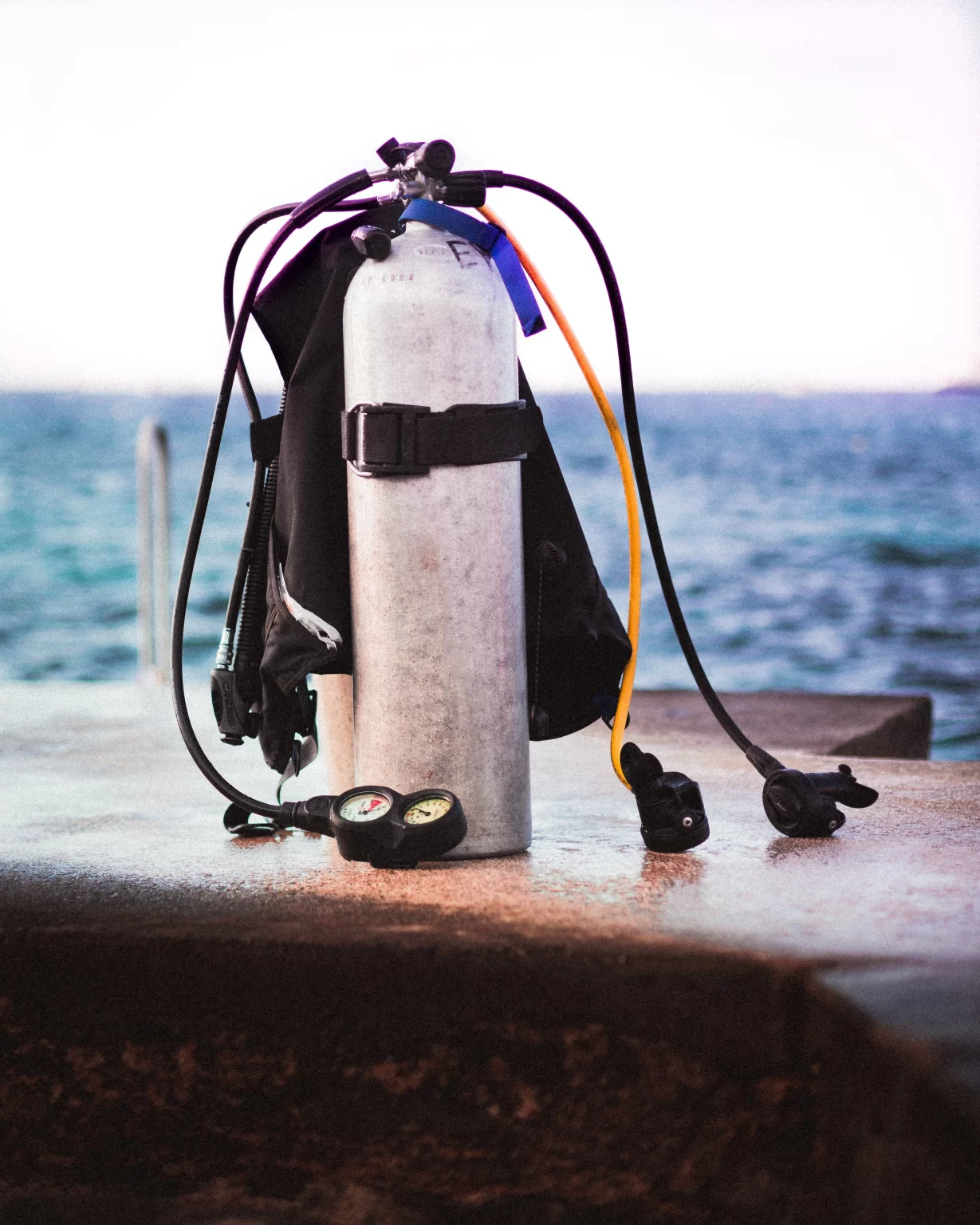
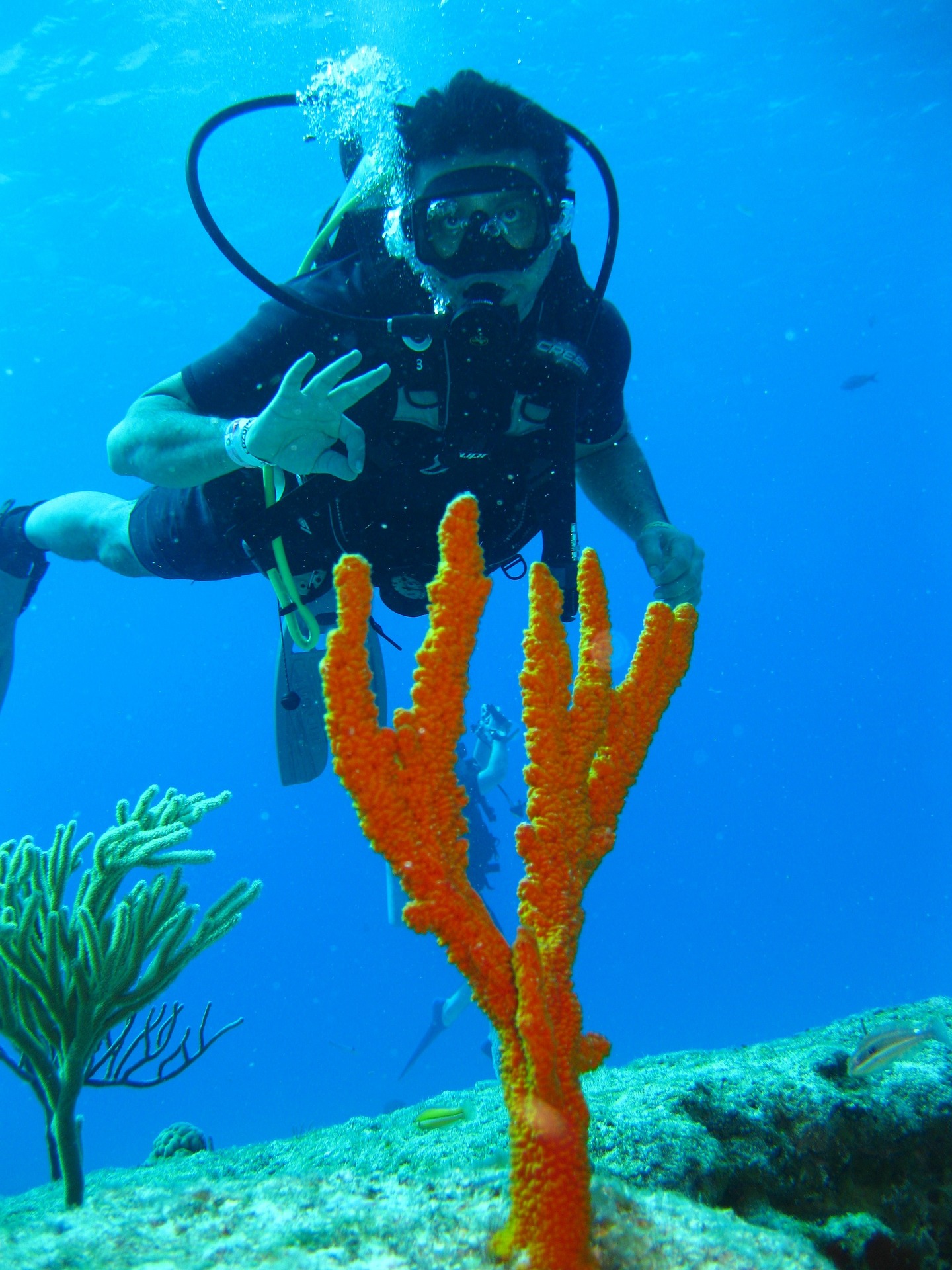
MAIN MUSCLES
Scuba diving is a full-body exercise that works many different muscle groups. Here are some of the main muscles that are trained during scuba diving:
- Core muscles: The core muscles, including the abdominal and lower back muscles, are heavily engaged during scuba diving to help the diver maintain proper posture and control their buoyancy.
- Leg muscles: The leg muscles, including the quadriceps, hamstrings, and calf muscles, are used to propel the diver through the water and control their movements.
- Shoulder and arm muscles: The shoulder and arm muscles, including the deltoids, triceps, and biceps, are used to control the movement of the fins and the position of the body while diving.
- Respiratory muscles: The respiratory muscles, including the diaphragm and intercostal muscles, are used to breathe while underwater and may be strengthened with regular scuba diving practice.
Overall, scuba diving is a low-impact exercise that provides a full-body workout and can help to improve cardiovascular health, muscular strength and endurance, and flexibility. Regular scuba diving practice can also provide mental health benefits, such as stress relief and improved mood, as well as the opportunity to explore and appreciate the beauty of the underwater world.
PRECAUTIONS
- Proper training and certification: Before scuba diving, it is important to complete a certified scuba diving course and obtain proper training and certification from a recognized diving agency. This ensures that the diver has the necessary knowledge, skills, and experience to dive safely.
- Regular equipment checks: It is important to regularly check and maintain scuba diving equipment to ensure that it is in good working condition.
- Proper dive planning: Divers should plan their dives carefully and follow established dive tables or dive computer guidelines to avoid decompression sickness and other diving-related injuries.
- Never dive alone: Diving with a buddy is important to ensure safety and provide assistance in case of an emergency.
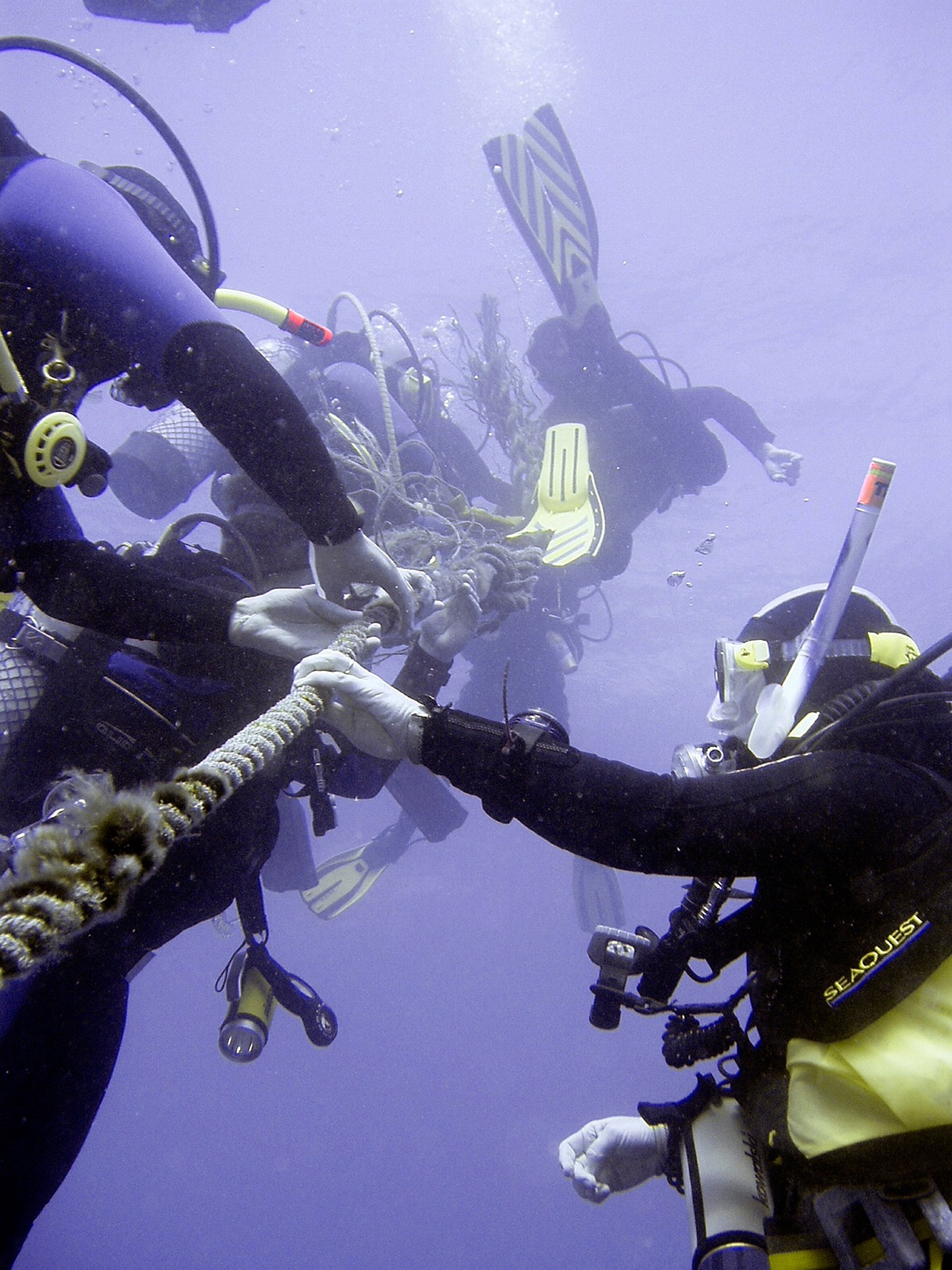
COMMON INJURIES
- Decompression sickness: Also known as “the bends”, this occurs when nitrogen bubbles form in the body tissues due to a rapid reduction in pressure during ascent. Symptoms include joint pain, skin rashes, and shortness of breath.
- Barotrauma: This is an injury caused by changes in air pressure and can occur in the ears, sinuses, and lungs. Symptoms include pain, dizziness, and difficulty breathing.
- Hypothermia: This occurs when the body loses heat faster than it can produce, and can lead to symptoms such as shivering, numbness, and confusion.
- Drowning: This is a rare but serious injury that can occur if the diver loses consciousness or runs out of air while underwater.
Night Running Safety Guide: Essential Gear & Tips for Winter
Winter is here, and with it comes shorter days and longer nights. For many of us with 9-to-5 jobs, that often means our only time to exercise is when the sun is down. Running at night can be incredibly peaceful—the streets are quieter, and the air is crisp—but it does…
Read more →
How to Choose Sports Shoes
When starting a new sport, one of the main issues you face is buying gear—especially the footwear. Walking into a sports store and staring at a wall of 500 different shoes that all look exactly the same but cost wildly different prices can cause serious confusion and anxiety. However, if…
Read more →
How Temperature Affects Your Flexibility
I bet you have heard about hot yoga, a huge trend that has been aroynd for years, promising deeper stretches and greater flexibility thanks to those super-heated rooms. But does increasing the temperature actually lead to better, long-term flexibility gains? Let’s examine how the science to see how different room…
Read more →
The Mental Game: A Beginner’s Guide to Handling Frustration
So, you’ve started playing tennis. You’ve probably realized by now that the ads showing smiling people hitting perfect, effortless shots are misleading. The reality is much closer to clips of top players smashing their rackets in frustration. You’re beginning to understand why—this sport involves a lot of swinging and missing,…
Read more →
Running Is Simple. The Internet Is Not.
You’ve decided to start running. Maybe you’ve seen the relentless online enthusiasm for its life-changing benefits, or perhaps you were inspired watching people crush races, from a local 5K to a full-blown Marathon. You wanted a piece of that feeling, so you laced up your shoes and hit the road.…
Read more →
The 10-Minute Strength Solution: Short Workouts for Beginners
When you think about starting strength training, the first image that might come to mind is spending hours in a gym surrounded by heavy weights and complicated machines. For beginners, that picture can feel overwhelming and a little discouraging. The truth is, you don’t need long, exhausting workouts to see…
Read more →
